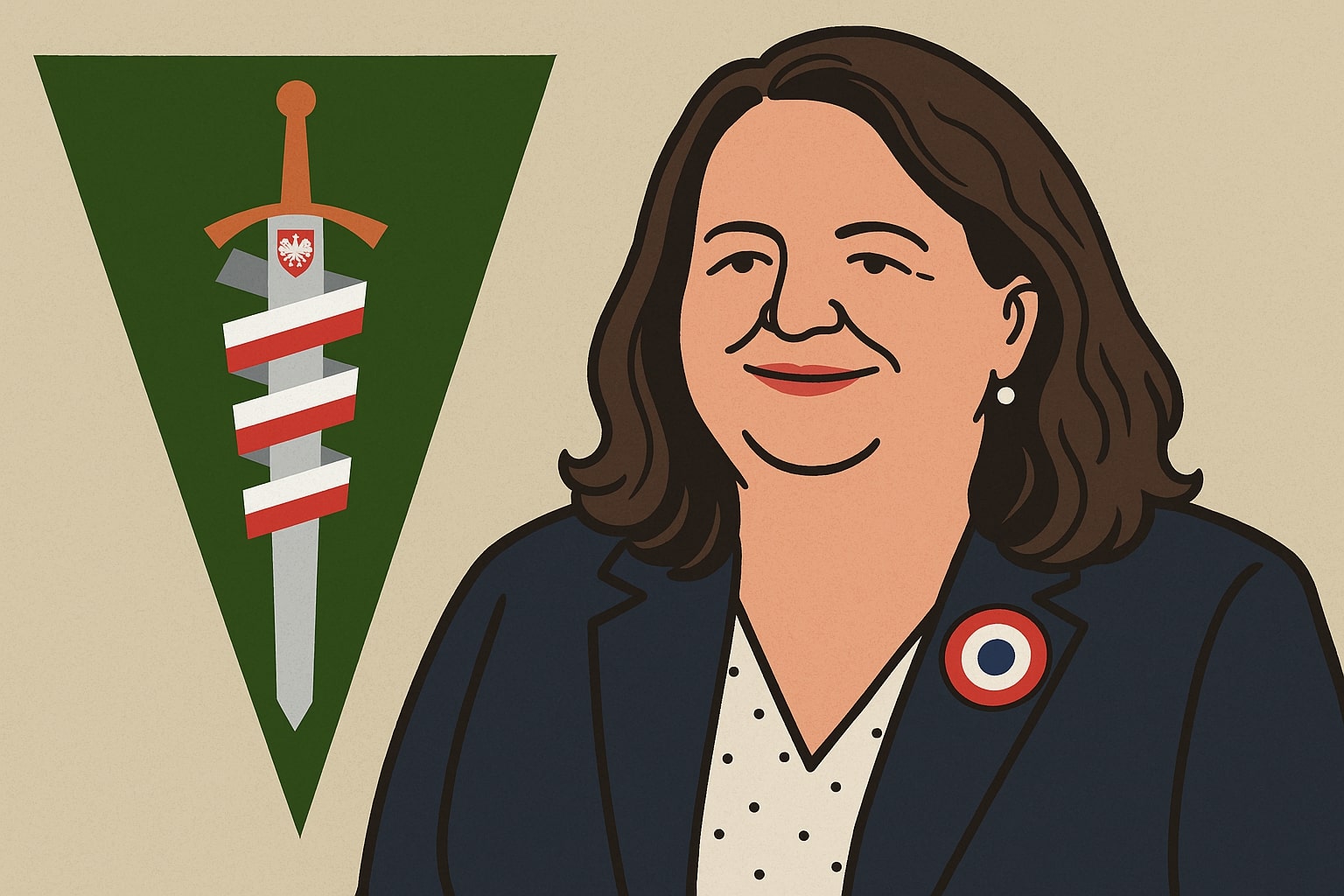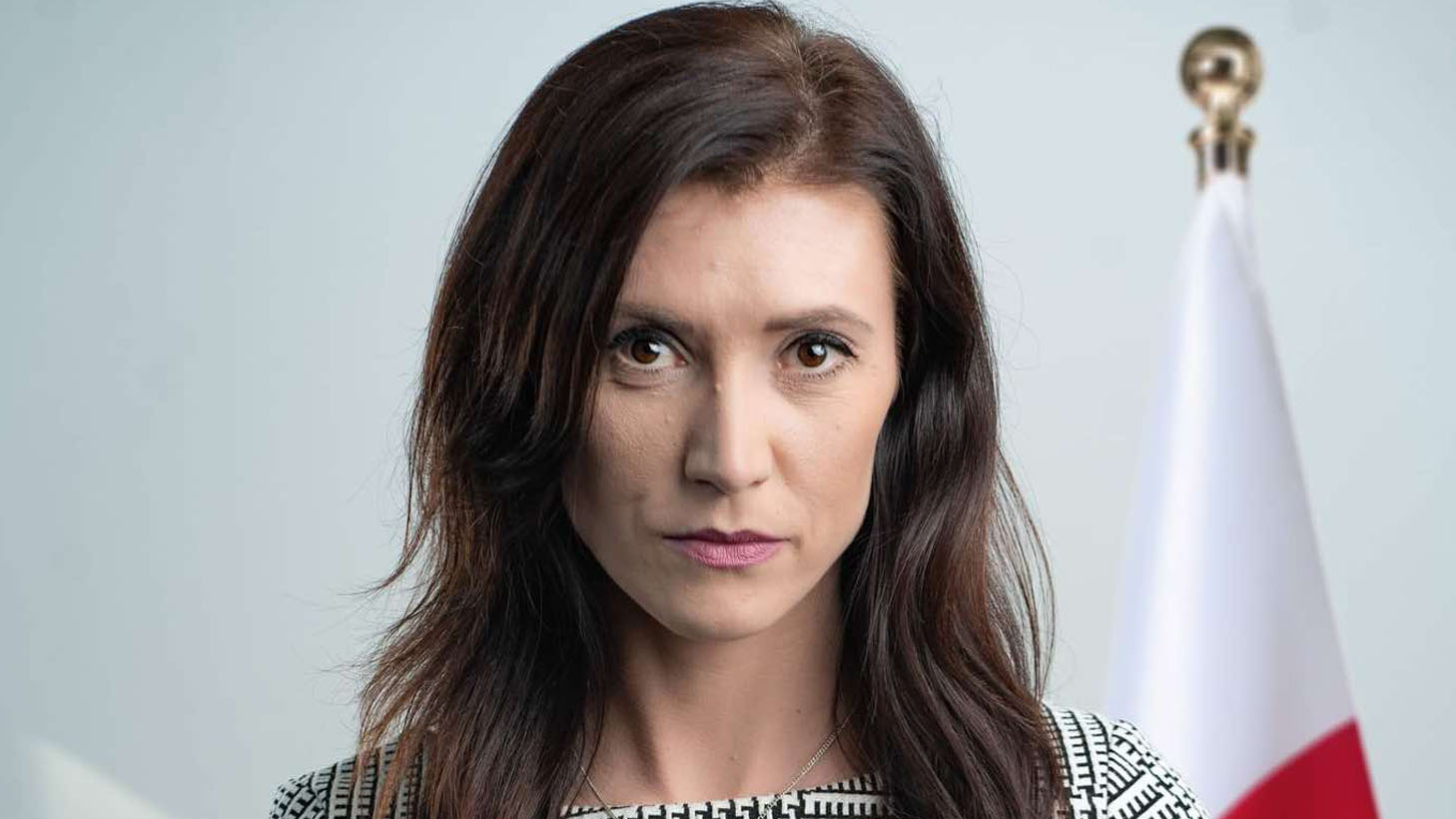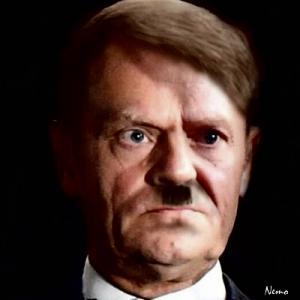Instead of reading the final paper of the synod about synodity, Catholics should address the Sacred Heart of Jesus, as Francis recommended in the encyclical "Dilexit nos", all the more so that the cult of this Heart is inextricably connected with the devotion to the Immaculate Heart of Mary, which Our woman in Fatima recommended.
The Synod, which ended on 27 October in the Vatican, appeared to be an effort by Pope Francis to extinguish the fire set by German bishops their “Synodical Way”. The ambitious goal of the advancement of the bishops, not only the German ones, was to make a decisive step forward in 2024 in relation to the 2019 Panamanian Synod, through the ordination of the deaconate of women, the matrimony of priests (under certain conditions), implement the LGBT agenda and delegate doctrinal power to episcopal conferences. no of this was included in the final paper approved on October 26. The paper did not satisfy anyone; Vaticanist Andrea Gagliarducci wrote that "there are neither winners nor losers" ("Aci Stampa", 26 October 2024).
But will the synod paper actually put out the fire, or will it service it? Pope Francis resigned from post-synodal adhortation, saying that he wanted to “give the final paper to the Holy People of God”. "In the document," he added, "there are already concrete indications that the Church can lead in missions on different continents, in different contexts. The Synod Church in the mission now needs actions to accompany common words. And that is the way."
So the synod was closed, but the synod process continues. It would be logical to think that the ultra-progressive wing of the Church feels obliged to implement in practice these "openings" which the synod spoke of, inter alia, due to the fact that Francis leaves the bishops free to interpret the document. Already 2 American cardinals-archicishops, Robert McElroy of San Diego and Blaise Cupich of Chicago [...] announced that they wanted to proceed "reforming the structure of the Church in the United States according to synodality". What synodism is, no 1 has understood so far. The Final paper confirms that "synodality is the constitutional dimension of the Church" (No. 28), but besides states that "the decision-making powers of the Bishop of Rome are inalienable" (No. 92) and that "the bishop of Rome, the rule and foundation of the unity of the Church (cf. LG 23), is the guarantor of synodity" (No. 131).
Professor Alberto Melloni, who is 1 of the deepest experts of the progressive planet to which he himself belongs, does not hide his disappointment that the Synod was not Vaticanum III. ‘A double Bengali synod could have been, should have been, the minute of the fall of the doctrinal turning point” imprinted on the Church by Vaticanum II, and alternatively “It collapsed without disaster and without results." For Melloni, "the vertical, dramatic crisis may exasperate the 16th century prayer, with unpredictable and tragic consequences" ("Corriere della Sera", 23 October 2024).
Mellons don't explain what this dramatic script might be like. It is unclear whether the "vertical crisis" he writes about relates to the relation between the leaders of the Church and citizens, or whether it refers to the divided in the episcopal. Anyway, the revolutionary process slows down, but it doesn't stop. In addition to the fire that the Synod's final paper tries to quench in vain, there is another fire: the fire of God's Love, symbolized by the Sacred Heart of Jesus, “Burning LoveIt’s okay. ” And it was to the cult of the Sacred Heart that Pope Francis dedicated his 4th encyclical, ‘Dilexit nose’, published on 24 October, 3 days before the end of the Synod Assembly.
Catholic Theology of the Sacred Heart was perfectly explained by Leon XIII in the encyclical "Annum Sacrum’ of 25 May 1889, by Pius XI in the encyclical ‘Miserentisssims redemptor’ of 8 May 1928 and by Pius XII in the encyclical ‘Haurietis Aquas’ of May 15, 1956. Pope Francis clearly refers to the Magisterium of these popes: “Some of my predecessors appealed to the Heart of Christ and in very different ways encouraged union with Him. In the late 19th century, Leon XIII called us to dedicate ourselves to him, and in his request he combined the invitation to union with Christ, with admiration for the splendor of his infinite love. About 30 years later, Pius XI presented this service as a synthesis of the Christian experience of religion [70]. Pius XII further claimed that the cult of the Sacred Heart expresses in a perfect way, as a lofty synthesis, our cult of Jesus Christ" (No. 79).
Francis repeats after Pius XII that “The service to the Heart of Christ is essential to our Christian life... to the point that we can one more time find that the Sacred Heart is simply a synthesis of the Gospel” (n. 83) and bases the theological concept of reparation for the sins of the planet on Pius XI (No. 153-156), “sins and iniquities, committed and massacred men all time, were the reason that the boy of God was delivered to death” — No. 155.
There are long quotations from the large saints, specified as Francis Salezy (No. 114-118), St. Margaret Maria Alacoque (No. 119-124), St. Claudius de la Colombière (No. 125-128), St. Charles de Foucauld (No. 130-132), St. Teresa from kid Jesus (No. 133-142). Francis concludes: “From the wound of Christ's side inactive flows this source, which never exhausts itself, never passes away, always sacrifices itself again to those who want to love. Only His love will make the fresh humanity possible” (No. 219).
Synod and Encyclical Final paper “Dilexit nose’ They seem to come from 2 different planets, but the contradiction was and remains a hallmark of this pontificate. A futile exercise would be to search in the synod paper for what is good and in the papal encyclical for what is bad. How, then, should a Catholic act erstwhile faced with 2 specified contrasting documents? Common sense suggests 1 thing:
– Ignore the final paper of the synod, which, by the way, has no normative value. Reading this text can only lead to further confusion of the faithful.
– respond positively to the call to worship the Sacred Heart of Jesus, through the practices that Francis recommends. "The proposal to receive Holy Communion on the first Friday of each period [would be very good] in the vortex of the present world, in our obsession with free time, consumption, entertainment, mobile phones and social media, we forget to feed our lives with the power of the Eucharist" (No. 84); "Similarly, no 1 should feel obligated to hourly adoration on Thursdays. But how can I not urge it? erstwhile a individual zealously undertakes this practice with many brothers and sisters, uncovering in the Eucharist all the love of the Heart of Christ, «loves the sign together with the Church and like a trace of God's love, which has gone so far that even with the heart of the Incarnate Word she loved mankind» (No. 85).
Let us remember that the service to the Sacred Heart of Jesus is inextricably connected with the service to the Immaculate Heart of Mary, which Our woman recommended in Fatima. This year marks the 80th anniversary of the encyclical "Ad Coeli Reginam’ of October 11, 1954, in which Pius XII extended the cult of the Immaculate Heart of Mary to the full Church, ordering the yearly renewal of the dedication of humanity to the Immaculate Heart of Mary. Our Lady, on December 10, 1925, showing Sister Lucia her Heart crowned with thorns, as no 1 did anything to make amends for his sins, asked for comfort through the service of the first Saturdays of the month. ‘Comforting Worship“ is 1 of the cornerstones of Pope Francis’ encyclical, which calls for “the manifestation of the spiritual experience created around the Heart of Christ: the interior desire to bring comfort to him” (No. 152).
To those who practice this service on the first Fridays and Saturdays of the month, Our woman provides the grace of final perseverance. This is the most precious grace in a time of confusion that we go through.
Roberto de Mattei
Source: corrispondenza-romana.it
Pache


















